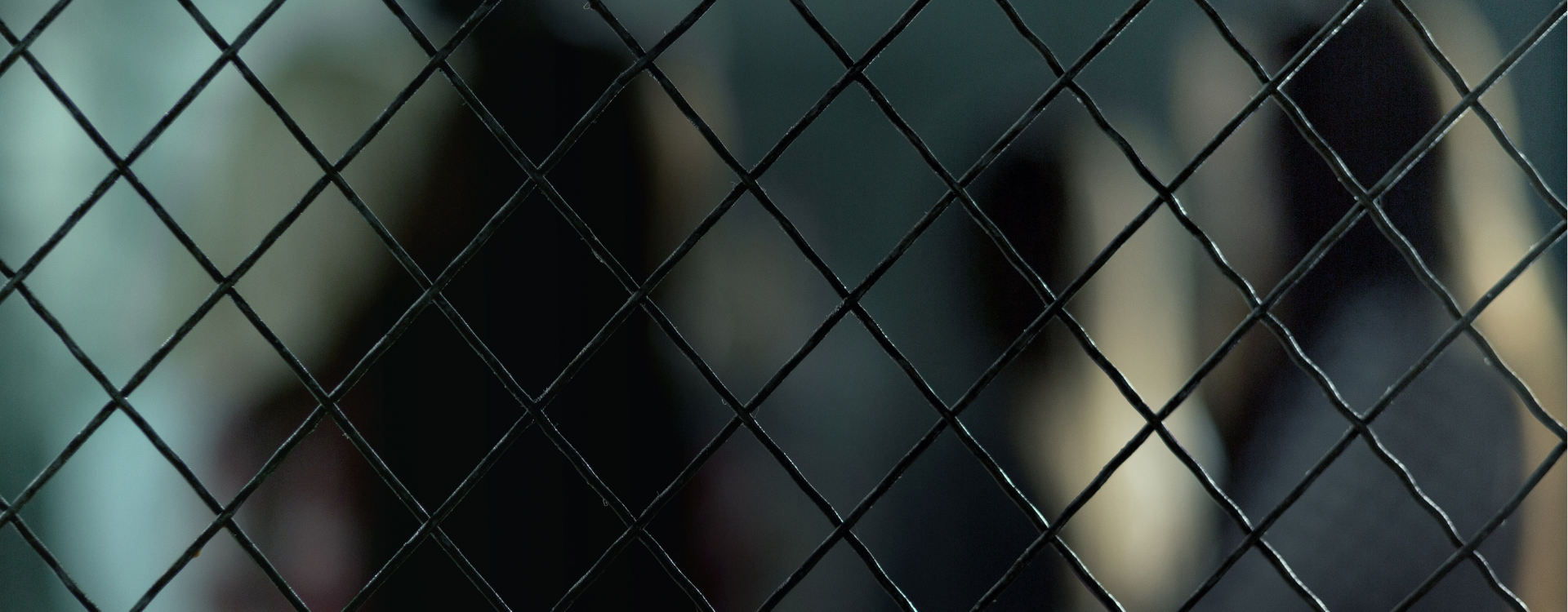
Justice Plan 2022 Published
Last week the Department of Justice published its annual Justice Plan for 2022.
Prisons and the broader issue of reform warrant 34 stated objectives and actions, which contained little that was new or surprising. There are no overt changes in the trajectory of current penal policy in Ireland. There are, however, many plans for various reviews and reports.
Optional Protocol
Of note to those concerned with strengthening prison inspections is a commitment by the Department (yet again) to publish the Inspection of Places of Detention Bill to enable the ratification of the UN Optional Protocol to the UN Convention on Torture (OPCAT). The OPCAT was developed as a mechanism to prevent the ill-treatment of people who are deprived of their liberty. Ireland signed up to OPCAT in 2007 but has still not ratified the international treaty, which indicates its position in the Department’s list of priorities.
The Justice Plan 2022 commits to “prioritise publishing” the required legislation and then, in a softer tone, “work with the Irish Prison Service to ensure the implementation of a new complaints system.” But if this all sounds strangely familiar, it is because we have heard it all before: Here and here.
With genuine reasons to doubt that the legislation to ratify the Optional Protocol will be in place by the end of 2022, is there anything we can ascertain will happen? We can confidently predict that there will be more women in prison in Ireland at the end of 2022 than there were at the end of last year. The opening of a new prison block at Limerick Prison later this year with space for 50 women will increase the official capacity for female prisoners across the Irish prison estate to 196 spaces.
This is an increase of almost 50% from 133 spaces less than three years ago, and indicates the real, dramatic shift in prison policy. A similar increase in male capacity would cause institutional collapse. Is this a response to a dramatic rise in female criminality? Is there a reason it has been given so little attention in wider discourse?
Capacity for Women in Prison
On 12th December 2019, the State’s capacity for female prisoners increased from 133 spaces to 174 spaces [146 in the Dóchas Centre and 28 in Limerick]; an increase of a third, literally overnight. With just a tape-measure and a pen, the original design capacity of the Dóchas Centre was increased from 105 to 146 women. In response to a number of parliamentary questions in December 2020 in the aftermath of the Council of Europe’s scathing CPT report on Ireland, Minister for Justice Helen McEntee TD said that the Department’s response to overcrowding a year earlier was to have the Irish Prison Service conduct a full cell audit to maximise occupancy. Articulated clearly by the Minister, the overall aim of the 2019 exercise was “an examination of the capacity of cellular accommodation in accordance with minimum standards for multiple occupancy.” As the clock passed midnight on that night in December 2019, ‘overcrowding’ disappeared in the Dóchas Centre as percentage of prisoners to bed spaces plummeted from 133% to 96% without one prisoner being released or any extension added to the building.
Coupled with the overcrowding, a shift occurred in 2019 moving towards a more punitive regime, with out-of-cell time cut by a third. Against the founding principles of the Dóchas Centre and decades of policy, we are witnessing the progressive “masculinisation” of femle imprisonment. When the Minister was asked about how the recent changes of formalised overcrowding and regime change were in line with the spirit of the Bangkok Rules – the international guidelines on the specific needs of women in prison – she claimed that the Irish Prison Service operated in “full compliance” with the Rules.
The promised development of better facilities at Limerick Prison is to be welcomed and cultivating institutions which are trauma-informed and provide trauma-sensitive practice is part of a wider societal shift which is gathering pace. Yet we should reflect carefully on these different trajectories.
A number of issues should temper our optimism. The first key fact is that for generations, Irish prison committals have always risen in line with increased capacity. The vast majority of women are imprisoned for non-violent property crimes and the judiciary will likely continue in its paternalistic vein of either giving the women a “short, sharp shock” or an opportunity to have an assessment and receive treatment. As such, regardless of the meritous developments within the new Limerick prison block, the end result is likely an intensification of this carceral paternalism of poor women and Traveller women.
The Need for a Cap on Female Prisoners
Here is a straightforward proposal: Since Limerick Prison will offer new capacity, the Dóchas Centre should now revert back to the original design capacity of 105 women and its founding regime should be reinstated. More generally, a national cap of 150 female prisoners should be introduced. These modest commitments would allow Irish society to create real space for rehabilitation in our female prisons. Without these measures, the development of a women’s prison with rehabilitative design will just increase the rates of incarceration.
As a result of the 2022 Justice Plan, we can anticipate the creation of consultative panels and a clutch of reports. The Optional Protocal ratified and implemented? Maybe. The publication of outstanding investigative reports on the Dóchas Centre by the Office of the Inspector of Prisons? Again, wait and see but confidence is waning.
What is certain is that official prison capacity for women will increase again by the end of 2022. And the number of women in Irish prisons will quickly rise to fill the additional capacity. So even with a new prison with a verdant courtyard, and the rhetoric of rehabilitation, the dilution of Irish penal care will likely continue.

